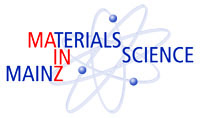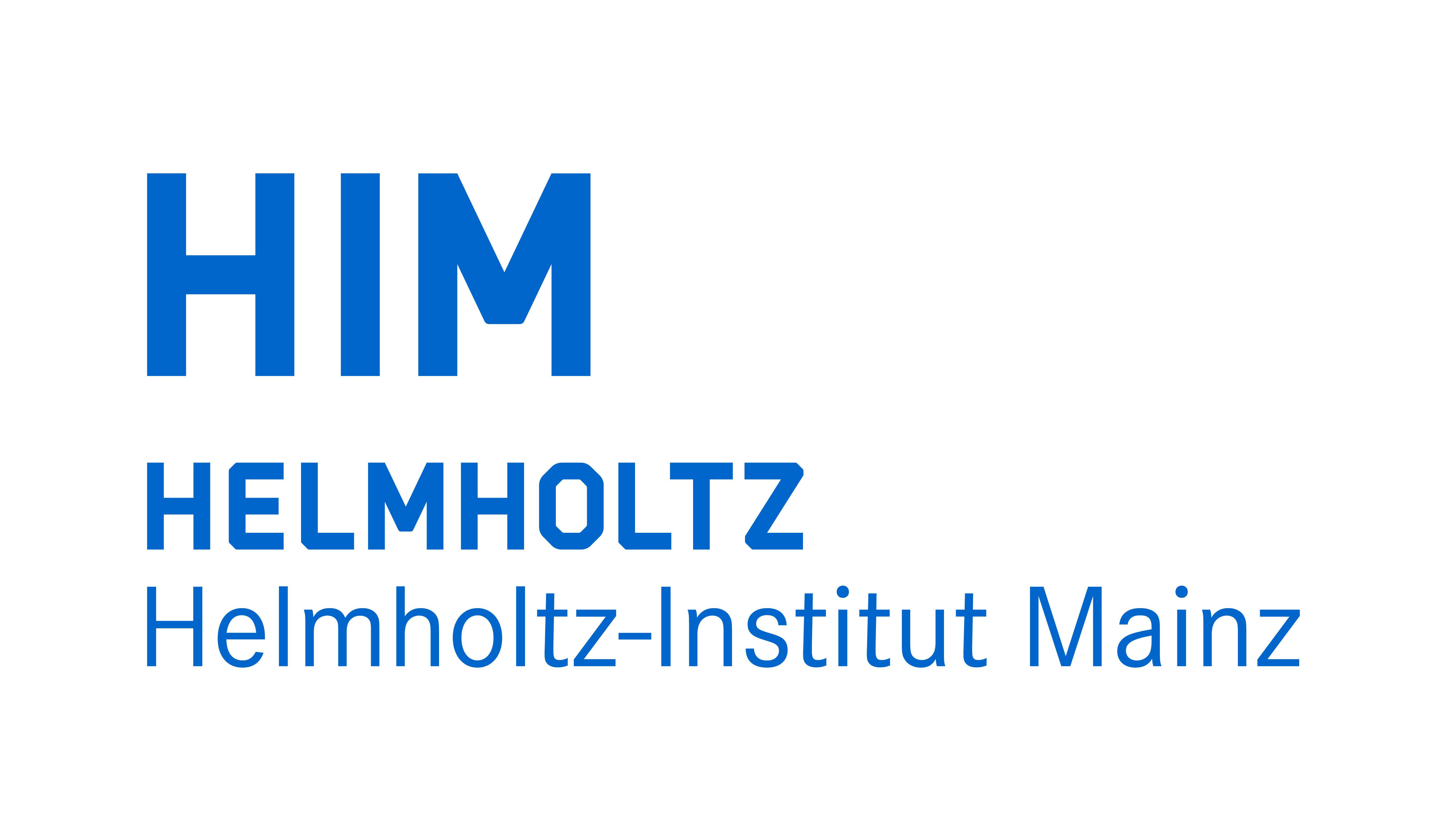


Physikalisches Kolloquium
April 27, 2021 at
4:15 p.m.
only via
Slides
Prof. Dr. Friederike Schmid
Institut für Physik
friederike.schmid@uni-mainz.de
Prof. Dr. Hartmut Wittig
Institut für Kernphysik
hartmut.wittig@uni-mainz.de
How Neutrinos Go Bump in the Night: The COHERENT Experiment's quest to map out the faintest interaction of nature's most elusive particle
Jason Detwiler (University of Washington, USA)
Neutrinos are known for their elusive nature due to their extremely small cross section for scattering off of individual nucleons inside
of nuclei. However they can also undergo billiard-ball-like coherent elastic scattering off of entire nuclei, with a greatly enhanced cross
section. This coherent elastic neutrino-nucleus scattering (CEvNS) is an important process in core-collapse supernovae, and can also be used
for astrophysical and terrestrial neutrino detection. The coherence of the interaction can also amplify potential non-standard interactions
between neutrinos and quarks, making it an ideal mode for testing as-yet unprobed physics beyond the Standard Model.
Although CEvNS was predicted in 1974, its first observation was only recently made in 2017 by the COHERENT collaboration, leveraging
decades of Dark Matter detector R&D that has yielded technologies with sufficient sensitivity to observe the ultra-faint nuclear recoils that
are the only signatures of the interaction's occurrence. COHERENT's discovery was also enabled by its nearly ideal pulsed source of
pion-decay neutrinos: the beam dump of the Spallation Neutron Source at Oak Ridge National Laboratory.
In this talk, I will discuss the physics of CEvNS and its challenging measurement. I'll describe COHERENT's first observation of CEvNS using
the world's first hand-held neutrino detector, a CsI scintillating crystal. I will then detail our more recent first observation of CEvNS
with argon using a scintillating volume of liquid Ar, including our updated sensitivity to non-standard neutrino interactions and other
physics. I'll also describe our plans to field two more detectors using NaI scintillating crystals as well as an array of germanium
radiation detectors, and our longer term plans to build multiple ton-scale experiments at a new beam stop with significantly improved
sensitivity.